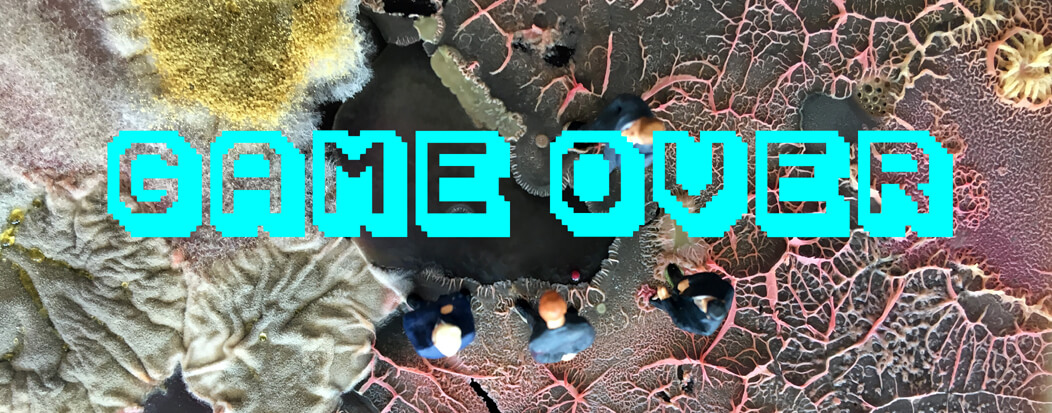Words by Tina Gorjanc

Open Cell, a community-led-non-profit creative space, opened its door with the Biodesign Here Now festival on the 19th of September as part of the London Design Festival 2018. The festival serves as an inauguration of 70 experimental studios located in shipping containers adapted to serve as offices and ateliers with open access to a 2nd stage bio-lab and material-lab.
Located in Shepherd Bush, the creative community comprises a well-balanced mix of start-ups and individual designers working on developing and manufacturing new materials and showcasing their potential applications.
Apart from a good look into projects of emerging international designers that are showcasing cutting-edge ideas and breaking the boundaries between biology, design and technology, the Biodesign HereNow also provides its visitors with the opportunity of getting a more hands-on approach.
The workshops taking place within the festival from the 19th to the 23rd of September range from providing the attendees with the knowledge to 3D print bacteria to a kids-run social enterprise showcase aimed to rescue surplus food.
To get a better insight into the work and research some of the residents are carrying out in their designated spaces, the festival also offers the opportunity to attend free talks, performances and film screenings taking place in the designated redesigned containers.
The communal thread of the variety of different projects showcased this year seems to be looking at different ways to utilise what we consider as either waste or harmful materials and repurposing them in more healthy, ethically- and community-beneficial outcomes. Each creative studio offers a different approach and outlook on the topic and therefore provides the visitors with a variety of either speculative or actual prototypes and system designs for the near future.
One of the standing-out projects focuses on the potential use of digitalization of garments which aims at lowering the consumption of luxury products by enabling its wearer to initiate a command that produces a change in colours, designs and patterns of his/her outfit. Lindsay Ann Hansons’ Digitized Material project proposes how advances in Graphene and Photonic Crystal technology could create completely new colour-changing yarns and textiles that could decrease our dependence on synthetically produced dyes.
A more speculative approach is taken by Alice Potts, a material researcher whose work Perspire focuses on the prospect that, in the future, we will be able to secrete our own accessories. Using human sweat as a stimulus to grow crystals that feed the body’s impurities growing individually to the person.
Our current society seems to have recognised that the waste materials we are still generating at a constant pace due to the difficulties of changing our production and consumption models is resulting in an increased accumulation of stagnating unusable excess, which each year represents a more expanding problem.
This seems to be driving the design trend picked up so well by the Open Cell community, of which some of the projects are not just trying to work with what we have already produced but also trying to suggest a new generation of “raw” materials that are aiming at lowering our future consumption and desire for more and more products.






